The push pull squat workout is a great framework for getting a complete training session. Generally I’d like you to be on a program that is well planned out, instead of randomly throwing workouts together. Following a program ensures you are getting a comprehensive training experience with no holes or gaps.
A good program will hit on all aspects of pushes, pulls and squats, and this framework can even be applied to the random one-off workouts you do outside of a program.
Sometimes life makes it hard to follow a program and you just have to get a workout. Maybe you are out of town, on vacation or for whatever reason, away from the equipment that you need. In this case, whip out the push pull squat to create a solid workout.
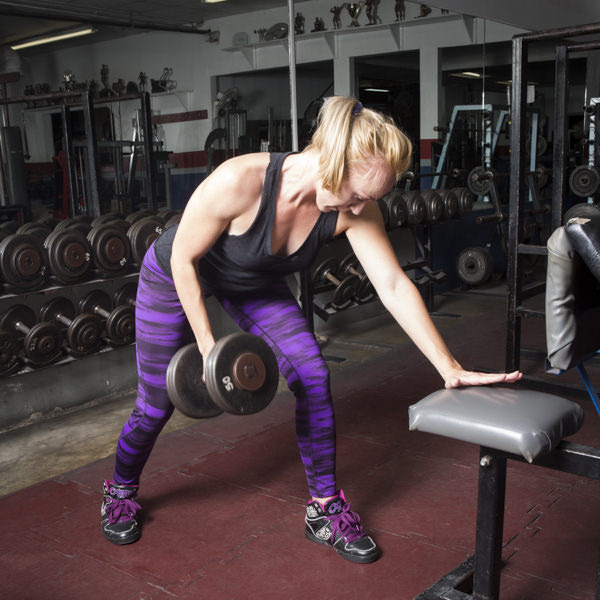
Why Push Pull Squat
One time in college, a gym friend of mine told me he had the perfect training split. I couldn’t wait to hear! We were gym nerds, going through that phase where we obsessed about finding the perfect split, the best new way to workout, etc.
“Ok, tell me!” I asked, excited about this mind-blowing new plan.
He said, “It’s chest on Monday, back & bi’s on Tuesday, shoulders and triceps on Wednesday, abs on Thursday, and chest and bi’s again on Friday!” He was giddy with excitement.
“But what about legs?!” I asked him. It was the ultimate 20 year old boy program, with a huge gap in there where legs should be. Can you imagine not training half your body?? That’s a whole ‘nother blog post though!
He was hitting the upper body push and pull well, but skipping the entire squat.
How to Plan Your Training Split
There are several ways to plan a training program. How you decide what exercises to do in what day/training session is called a training split, by the way. A few of the common ways are by:
- Body parts, like my friend described above
- Anatomical location, such as anterior day, posterior day
- Planes of movement, such as upper body push, upper body pull, etc.
I think of push pull squat as planes of movement. In my mind, a classic push is the bench press or pushup. Dumbbell presses are a great example too. The pull is a barbell or dumbbell row.
However, those examples are just in the horizontal plane of motion. A pull is also a pull-up or a lat pulldown. A push is also a dumbbell overhead press or military press.
A squat is always a good choice, so taken literally, so squats for push pull squat. You could also do a lunge, any variation. You could even deadlift, which is typically considered a lower body pull. However, the point is to get a compound lower body exercise so the deadlift works great.
I wrote a whole blog post about training splits and which is best for you, including how many days a week to train. If you are interested in that, read here: all the details on training splits.
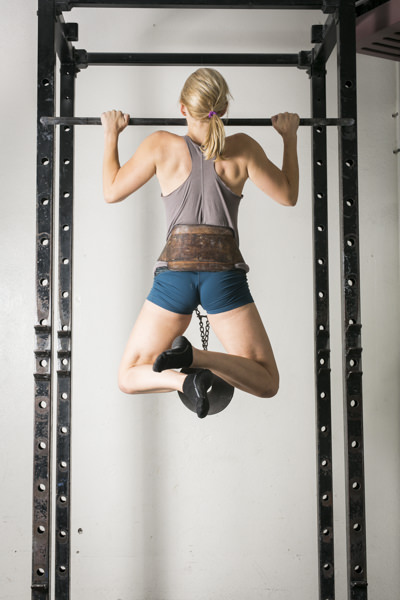
Examples of Push Pull Squat Workout
If you are doing a one-off workout, I would suggest picking a push, a pull, a squat, and making those your whole workout. For example, I love bench press, pull-ups, and squats, so I would do all of those to make one complete session. It would look like this:
Warm up: light goblet squat superset with standing dumbbell press
- Squats: warm up sets of about 5 reps, then 3 sets of 5 with 2 reps in reserve
- Bench press: same as squats. Light warm ups, then 3 x 5
- Pullups: 3 sets of as many as I can
Example of push pull squat with just one dumbbell:
- Walking lunges, 4 x 10
- Pushups, 4 x 10
- 1 arm dumbbell row, 4 x 10
Another example, in a full gym:
- Lat pulldowns, 4 x 12
- Seated dumbbell shoulder press, 4×12
- Front squat, 4×5
How to Implement Push Pull Squat
If you’d like to build out a whole program using the push pull squat method, a great way to do this is to build 3 full body sessions per week. These will look similar to the above examples, but will complement each other. An example of this is:
Push Pull Squat 3 days a week
Monday
- Military press
- Back squat
- Lat pulldowns or pull-ups
Wednesday
- Bench press
- Front squat
- 1 arm dumbbell row
Friday
- Dumbbell bench press
- Lunge or deadlift
- Pullover
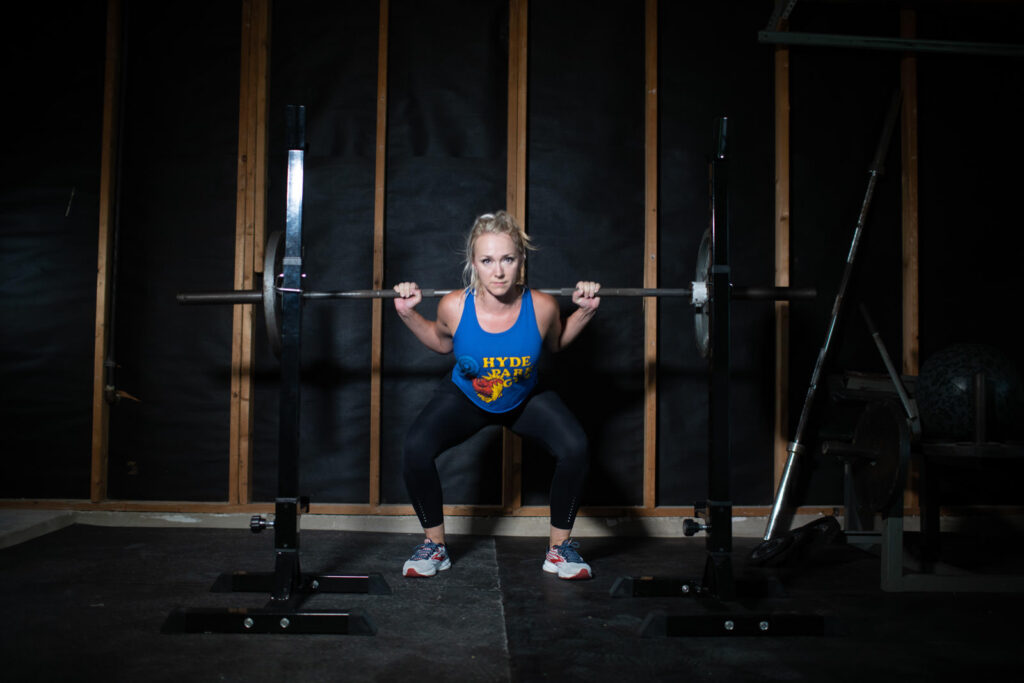
Another way to implement push pull squat into a program is to have a dedicated push day, a dedicated pull day, and a dedicated squat day. This is a bit more of a bodybuilder style program, instead of the full body athleticism of the prior program. An example of this week is:
Push Pull Squat Workout, each on dedicated day
Squat
- Back squat
- Walking lunges or BSS
- Any leg accessories such as leg press, extensions or curls
- I like to finish a session like this with reverse hyperextensions or back extensions, even though they don’t fit the criteria of “squat”
Push
- Bench press
- Seated dumbbell shoulder press
- Lateral raise
- Skullcrushers
- Pushups finisher
Pull
- Lat pulldowns
- Pullups
- 1 arm dumbbell row
- Biceps curls
- Pullover
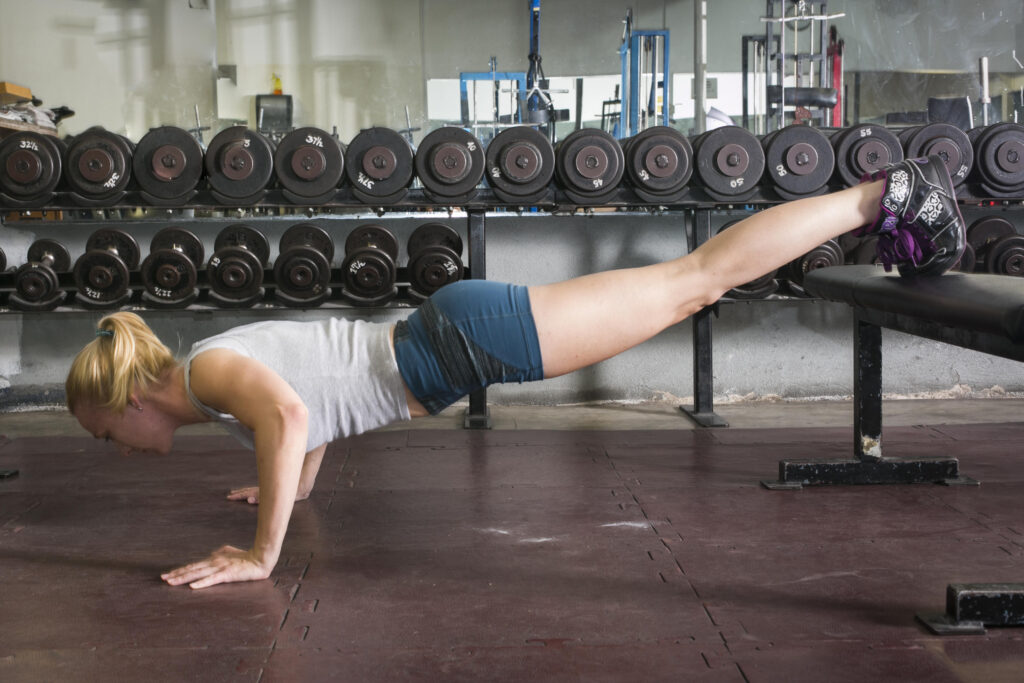
Your Turn!
How will you implement these in your training? I love hearing how people plan their training! Let me know! Also let me know if you have questions. Message me or comment – I have time for you! Happy training
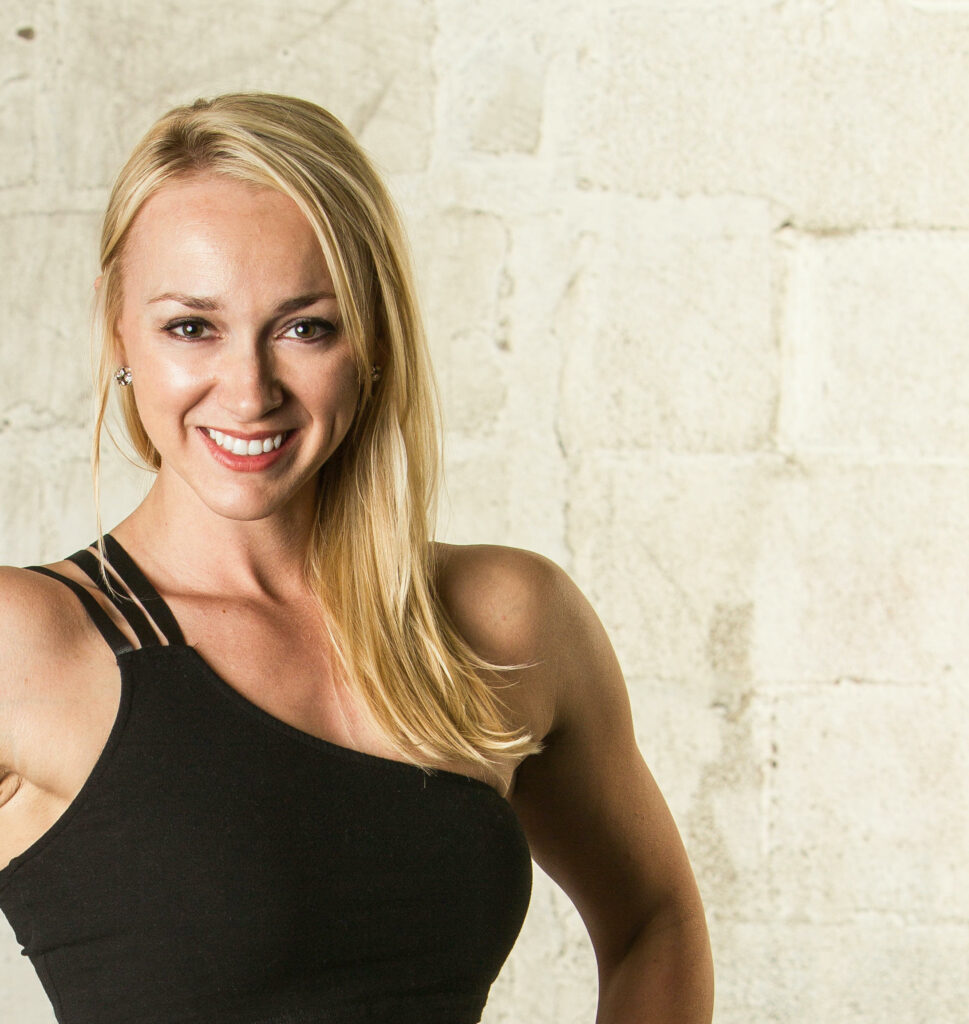
About the author
Kathryn Alexander is a strength coach and personal trainer in Austin, Texas. She loves hiking, college football, and the feel of a perfectly knurled barbell. Read more about Kathryn here.

